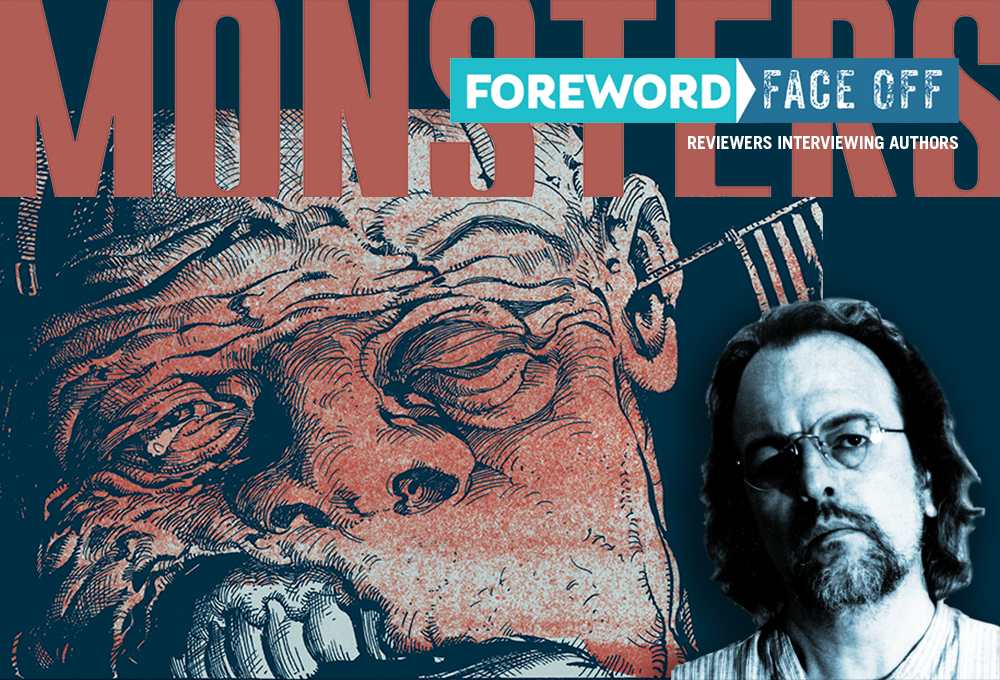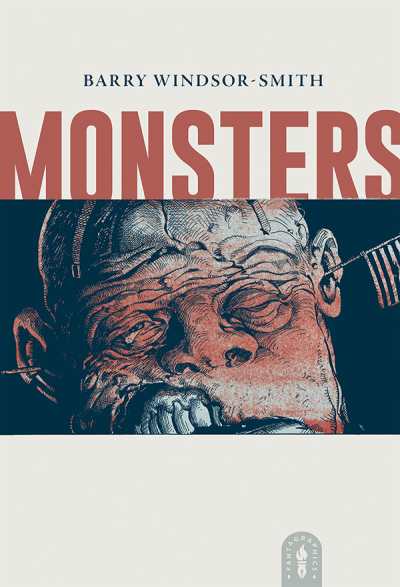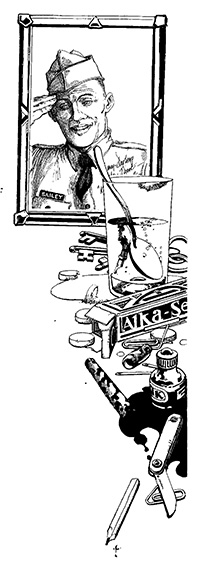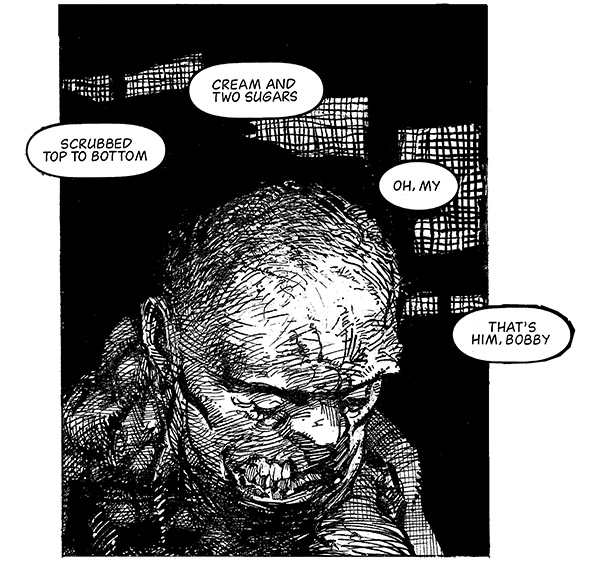Reviewer Peter Dabbene Interviews Graphic Novelist Barry Winston-Smith, Author/Illustrator of Monsters


If you’re a comics fan, these are the names of legend: Avengers, Conan the Barbarian, Daredevil, Fantastic Four, Iron Man, Machine Man, Nick Fury, Savage Sword of Conan, Uncanny X-Men, and graphic novel lovers will surely know Storyeller, Opus, Young Gods, and Wolverine: Weapon X. What might not be so readily known is that one extraordinary artist had a hand in all of them: Barry Winston-Smith. From his first published works as a precocious teen in the late 1960s in the East End of London till today, Winston-Smith has continued to draw and write, and in the 1970s, he even slipped into Manhattan’s fine art world to produce some limited-edition prints. We’d call that a helluva career.
This week, to celebrate the release of his latest graphic novel, Monsters, we’re thrilled to feature an interview between Winston-Smith and Foreword reviewer Peter Dabbene.
Enjoy!
Monsters is a project that has been rumored about for a long time. Can you tell us how it began, and how it came to finally be published in 2021? Was the time finally right, or did you just get sick of having it unfinished?

Yes, back in the mid-1980s it was a Marvel project, but that was so long ago that it’s barely worth mentioning. It took over thirty years to complete while doing other things on the side like Wolverine: Weapon X and Storyteller.
The story of Monsters flows seamlessly, but it can’t have been easy keeping track of all the moving parts in the book—the flashbacks to different time periods, for example—while working on it intermittently. Did parts of the story develop differently as time went on, or is it how you originally conceived it? When did most of the actual drawing take place?
Monsters was an idea that developed of its own accord. The course of the story was determined by the characters’ personalities. As they developed they controlled what would happen and how they’d react.
It was difficult keeping the different timelines straight despite several hundred pages of notes and directions. On more than one occasion I actually drew the same scene twice, quite forgetting that I’d already done it.
Monsters features savage violence and exciting action scenes, but also extremely tender and emotional domestic conversations, plus access to the innermost thoughts of the characters. The combination gives the book a “complete” feel—it’s not easily categorized as just a thriller about genetic experimentation gone awry. Was this something you consciously tried to balance in your plan for the book, or was it just what the story dictated?

The genetic experiment gone awry theme is old hat. It’s the stories of Janet Bailey, Bobby, Nina, and Elias and others [characters in the book] that command the stage. Janet’s diary in particular.
Your distinctive pen-and-ink art style is widely and rightfully praised, but what struck me about Monsters were the various subtle, immersive touches that make reading this book such an absorbing experience—for example, the placement of word balloons that naturally lead a reader’s eye where you want it to go. Would you say these are techniques you’ve developed over the course of your fifty year career, more recent experiments, or a little of both?

The design of the word balloon placements is a crucial technique. I’ve been honing it ever since I began writing comics stories.
You’ve straddled the comic book and fine art worlds for much of your career. Looking back, is there anything you’d do differently?
Probably. Drawing comic books is very hard work.
Monsters is described as your first book in 16 years, and it’s a gem. Are there any other projects you’re holding in reserve that might soon see completion? Or, barring that, anything new that you’re turning your attention to?
Monsters is my final comic book.
Peter Dabbene
